Chiusura giornaliera degli ordini alle 14:00
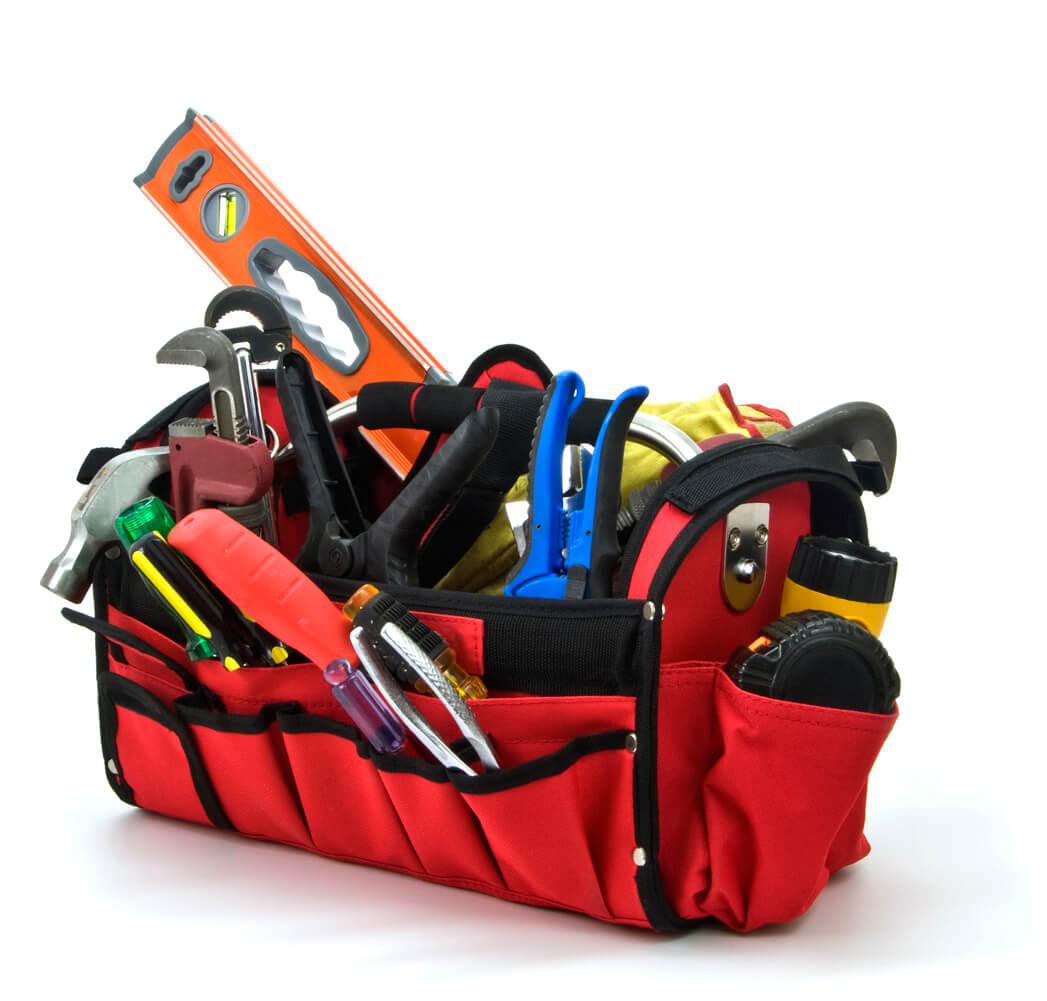
Come organizzare la tua cassetta degli attrezzi come un professionista
Organizzare la tua cassetta degli attrezzi potrebbe non essere l'attività più esaltante per un sabato pomeriggio, ma credimi, è un punto di svolta. Che tu sia un appassionato di auto, un meccanico professionista o una via di mezzo, avere una cassetta degli attrezzi ben organizzata può farti risparmiare tempo, prevenire danni agli strumenti e persino rendere il tuo spazio di lavoro un po' più sicuro.
Quindi, tuffiamoci nei passaggi degli esperti per organizzare la tua cassetta degli attrezzi come un professionista.
Perché una cassetta degli attrezzi organizzata = maggiore produttività
Hai mai provato a trovare un ago in un pagliaio? Bene, provare a trovare la tua presa da 10 mm in una cassetta degli attrezzi disordinata sembra stranamente simile, tranne che è meno chic da cortile e più disperazione da garage. Una cassetta degli attrezzi organizzata cambia le regole del gioco, non solo quando si tratta di mantenere pulito il garage o lo spazio di lavoro, ma anche di migliorare la produttività quando si lavora su vari progetti.
Inoltre, siamo onesti, quando i tuoi strumenti sono disorganizzati, metà del tempo che dedichi ai tuoi progetti è in realtà solo tu che frughi in una caotica cassetta degli attrezzi, mormorando parole che farebbero arrossire un marinaio.
Prevenire gli strumenti danneggiati
Vale anche la pena notare che gli strumenti che si muovono liberamente possono causare danni e, senza uno stoccaggio efficiente per i tuoi articoli, presto tornerai nei negozi, consegnando più soldi guadagnati con fatica per le sostituzioni.
In parole povere, dedicare un po' di tempo all'organizzazione della cassetta degli attrezzi significa che i tuoi strumenti rimarranno in ottime condizioni più a lungo. Inoltre, è molto più semplice giustificare una pazzia per quel set di prese di fascia alta quando sai che non sembrerà che abbia attraversato un derby di demolizione.
Quindi, qual è il modo migliore per organizzare una cassetta degli attrezzi?
Preparazione
Svuotare e valutare
Per prima cosa, svuota quella cassetta degli attrezzi. Disponi tutti i tuoi strumenti e datti un quadro chiaro di ciò con cui stai lavorando. Questo è il momento perfetto per ricordare quella presa da 10 mm perduta o il cacciavite che ha visto giorni migliori.
Pulisci e ispeziona
Ora che hai a disposizione gli strumenti, dai una bella pulita alla tua cassetta degli attrezzi: la polvere e lo sporco non solo sono sgradevoli, ma col tempo possono anche usurare i tuoi strumenti. Mentre pulisci, ispeziona i tuoi strumenti per eventuali danni o usura: è meglio scoprire ora se qualcosa deve essere sostituito o riparato.
Ordina e declutter
Con tutto fuori e pulito, è ora di fare ordine. Sii spietato. Se non hai utilizzato uno strumento nell'ultimo anno, valuta se è davvero necessario che rimanga. Questo è anche un ottimo momento per donare duplicati o strumenti che non usi mai a un vicino, amico o fratello appassionato di fai da te che li prenderà.
Ciò a cui miri è una raccolta di strumenti essenziali e in buone condizioni, quindi non aggrapparti a un vecchio strumento arrugginito a meno che non lo usi effettivamente.
Ordinamento e raggruppamento degli strumenti

Raggruppa per funzionalità
Successivamente, vorrai iniziare a ordinare i tuoi strumenti per funzionalità. Raggruppa tutte le tue chiavi inglesi, cacciaviti, pinze, ecc., così sarà più facile trovare ciò che ti serve quando sei nel bel mezzo di un progetto.
Spiegherò come archiviare effettivamente i tuoi strumenti più avanti in questo blog, ma per ora prova a ordinarli in gruppi facili da navigare.
Dimensioni e forma
All'interno di ciascun gruppo funzionale, potresti anche pensare di ordinare i tuoi strumenti per dimensione e forma; questo può aiutare a pianificare il layout della tua cassetta degli attrezzi e garantire che tutto si adatti perfettamente pur rimanendo facilmente accessibile.
Frequenza d'uso
Infine, considera la frequenza con cui utilizzi ciascuno strumento. È semplice: coloro che raggiungi più regolarmente dovrebbero essere i più accessibili. Questo semplice passaggio può ridurre significativamente la frustrazione e aumentare l'efficienza del tuo spazio di lavoro.
Disposizione della casella degli strumenti
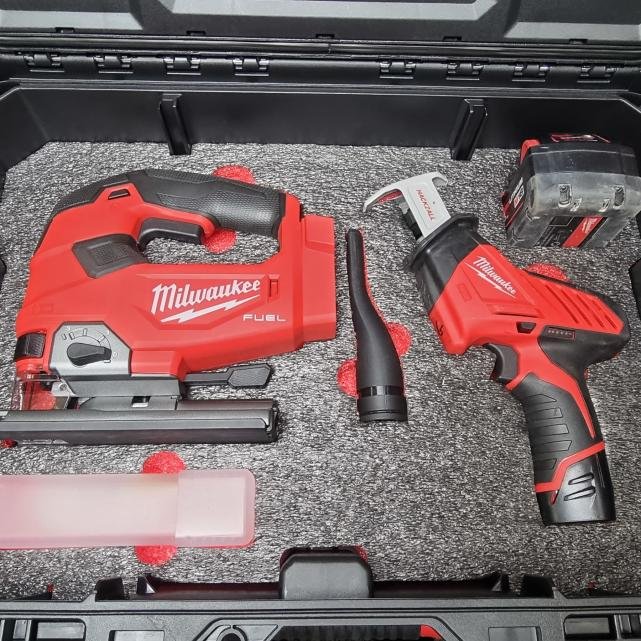
Strategia di stratificazione
Ora passiamo alla mia parte preferita: riporre i tuoi strumenti! Anche se adoro una buona parete degli attrezzi, ci sono molti modi diversi in cui puoi organizzare la tua cassetta degli attrezzi per essere altrettanto efficiente: dagli organizzatori con rotelle agli inserti per cassetti.
E, naturalmente, per migliorare davvero la tua organizzazione, prendi in considerazione l'utilizzo degli organizzatori in schiuma per cassetta degli attrezzi Shadow Foam : questi inserti personalizzabili possono essere tagliati per adattarsi a ogni strumento, così puoi essere sicuro che rimarranno al loro posto e protetti sia che siano in un cassetto, sulla parete degli attrezzi o anche sul portapacchi del furgone.
E se non sei sicuro di cosa siano gli inserti in schiuma o da dove iniziare, fai clic per dare un'occhiata alla mia guida su come utilizzare Shadow Foam , dove analizzerò come, come viene utilizzato e quale profondità di schiuma è la migliore per il tuo set di strumenti. Sì, potrei essere di parte, ma è davvero un punto di svolta per mantenere i tuoi strumenti in ordine e facilmente accessibili.
Sezioni di codifica a colori
Infine, un altro elemento da considerare quando si organizza la cassetta degli attrezzi è l'etichettatura o la coordinazione dei colori. Personalmente preferisco la codifica a colori; i nostri inserti Shadow Foam sono disponibili in una gamma di colori diversi in modo da poter organizzare e riporre facilmente i tuoi strumenti in base alla frequenza d'uso, agli strumenti specifici della stanza, alle dimensioni o a qualunque metodo funzioni meglio per te.
E a differenza delle etichette (che, se scritte con penna o matita, sbiadiscono nel tempo), la codifica a colori è il modo più duraturo - e probabilmente il più semplice - per mantenere organizzata la tua cassetta degli attrezzi.
La linea di fondo
In definitiva, una cassetta degli attrezzi organizzata non serve solo a far sembrare il tuo garage degno di Instagram (anche se, non prendiamoci in giro, adoriamo quei Mi piace). Si tratta di potenziare il tuo gioco, risparmiare tempo e assicurarti di ottenere effettivamente il valore dei tuoi soldi quando ti concedi il lusso di strumenti costosi.
Con tutto al posto giusto e con la protezione personalizzata offerta da Shadow Foam per ogni strumento, sarai completamente attrezzato per affrontare qualsiasi progetto che attraversa il tuo banco di lavoro.




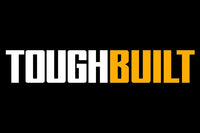





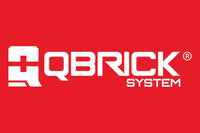






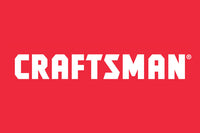

 Kit di taglio gratuito per ordini qualificati
Kit di taglio gratuito per ordini qualificati
 Oltre 3.000 recensioni positive
Oltre 3.000 recensioni positive
 Oltre 500 video su YouTube
Oltre 500 video su YouTube
 Assistenza nel Regno Unito
Assistenza nel Regno Unito